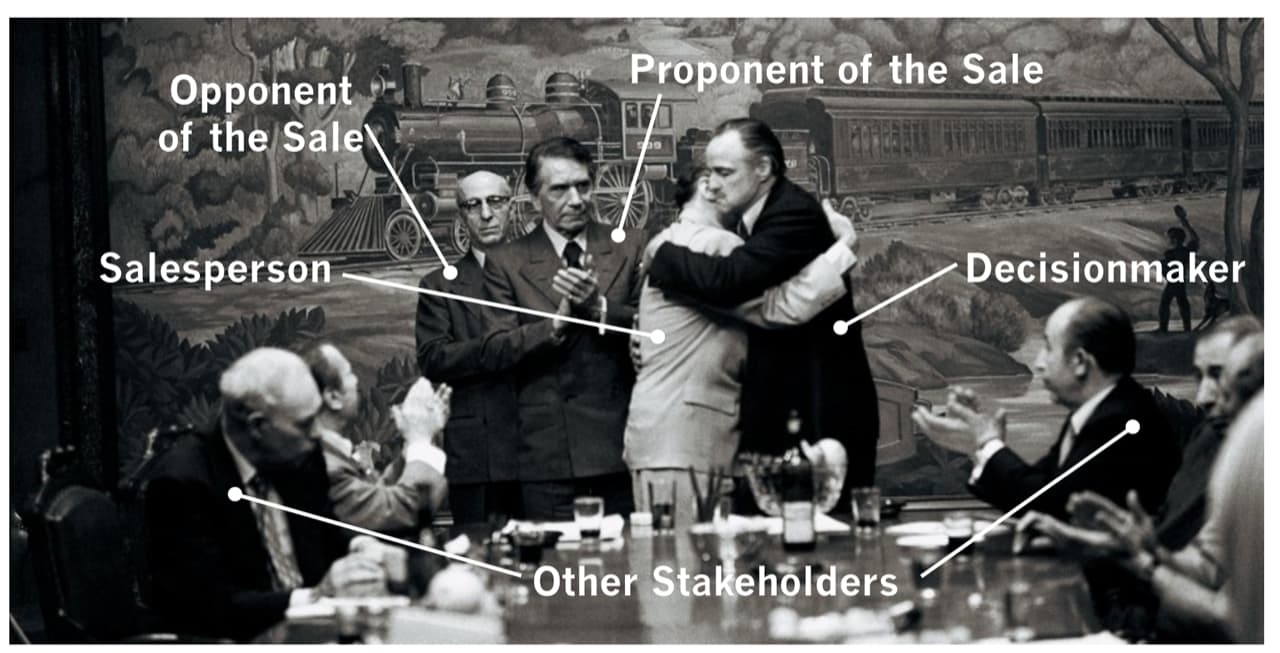A Founder's Guide: Essential Sales Advice for Startups
 As startups scale, effective sales implementation becomes the difference between stagnation and sustainable growth. After analyzing hundreds of sales organizations across startups, I’ve distilled the key pieces of advice that founders and leaders should keep in mind.
As startups scale, effective sales implementation becomes the difference between stagnation and sustainable growth. After analyzing hundreds of sales organizations across startups, I’ve distilled the key pieces of advice that founders and leaders should keep in mind.
1. Sales Strategy Fundamentals
- Start with the right price: Establish pricing that reflects value rather than just covering costs.
- Define your ICP: Clearly identify your ideal customer profile before building your sales process.
- Understand sales velocity: Recognize that sales success depends on both deal size and deal frequency—optimize for predictability.
Your first sales hire should generate predictable and consistent revenue, not just hunt elephants
2. Team Structure
- Build a complete sales organization: Structure your team with marketing, SDR/ADRs, and account executives with clear handoffs.
- Choose between top-down or bottom-up: Determine whether to pursue enterprise-led or product-led sales motion.
- Invest in sales operations: Create systems that maximize selling time and minimize administrative burden.
Effective sales organizations separate lead generation, qualification, and closing responsibilities
3. Pipeline Management
- Calculate required pipeline coverage: Pipeline is prologue. Maintain a pipeline that’s at least 5x your bookings target.
- Master lead qualification: Develop clear criteria for MQLs, SQLs, and PQLs to maintain quality.
- Analyze conversion metrics: Track conversion rates at each funnel stage to identify bottlenecks.
4. Sales Process
- Implement Challenger selling: Train reps to teach prospects, tailor messaging, and take control of the sale.
- Map key stakeholders: Identify champions, opponents, decision-makers, and influential stakeholders.
- Create a consistent demo: Develop a compelling product demonstration that clearly shows value and addresses pain points.
Great salespeople don’t just ask about problems—they teach customers about problems they didn’t know they had
5. Compensation Design
- Structure effective comp plans: Balance base salary, commission, and accelerators to drive desired behaviors.
- Set appropriate quotas: Establish attainable targets that still drive growth.
- Consider territory design: Determine whether to organize teams by geography, industry, or company size.
6. Sales Enablement
- Equip your champions: Provide tools for champions to sell internally when you’re not in the room.
- Focus on value, not cost: Train reps to emphasize ROI rather than price.
- Create urgency: Develop legitimate reasons for prospects to act now rather than later.
Effective sales pitches clearly articulate value relative to cost and competitive alternatives
7. Team Development
- Hire analytically: Use structured interviews to identify candidates with preparation, adaptability, domain experience, intelligence, and passion.
- Onboard methodically: Create consistent training programs that get new hires productive quickly.
- Focus on your middle: Don’t just attend to your top and bottom performers—improve your core team.
8. Sales and Marketing Alignment
- Reverse the qualification funnel: In inbound sales, marketing finds people with pain, and sales determines product fit.
- Match tactics to funnel stages: Deploy different content and approaches for awareness, consideration, and decision phases.
- Create feedback loops: Establish regular communication between sales and marketing to improve lead quality.
Inbound and outbound sales processes require fundamentally different approaches—build your organization accordingly
9. Additional Resources
- The Sales Acceleration Formula: Mark Roberge’s data-driven approach to building a SaaS sales team at HubSpot with frameworks for hiring, training, and compensation.
- The New Strategic Selling: Miller-Heiman’s classic text introduces the 4 Seller Response Modes and provides a framework for sales time prioritization.
- To Sell Is Human: Daniel Pink explores why ambiverts outperform extroverts and how the internet has transformed selling into consulting.
- The Challenger Sale: CEB’s research reveals why teaching, tailoring, and controlling the sales process creates top performers.
10. Sales Leader Perspectives
- Build GTM for AI Products: Maggie Hott of OpenAI highlights specialized go-to-market strategies for AI companies, with unique approaches to pricing and pipeline building.
- Build Sales Development Teams: Lars Nilsson advises hiring SDRs before AEs in early-stage companies to enable faster story validation with 10x more prospect calls.
- Deliberately Undersell: Lee Kirkpatrick shares how Twilio achieved exceptional NDR by strategically undersizing contracts to foster expansion.
- Avoid the PLG Trap: Oliver Jay explains why product-led growth companies must build multiple sales motions to serve both early adopters and enterprises.
- Use Strategic Friction: Kenny van Zant demonstrates how the right amount of friction in sales processes prequalifies high-intent customers.
Effective sales leaders build systems that consistently convert prospects to customers rather than relying on charisma
The most successful startup leaders recognize that scaling sales requires careful attention to structure, process, compensation, and enablement rather than simply adding more salespeople.